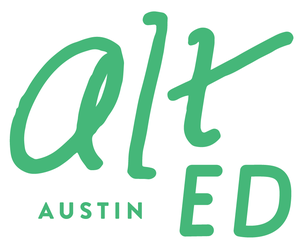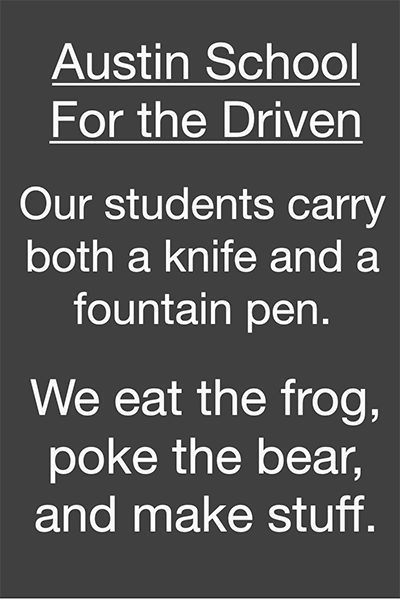We can also look for schools where gratitude is a part of daily rituals and make sure to put kids in situations where people talk the talk and walk the walk of gratitude during everyday life—family dinners, community yard sales, charity food drives, even birthday parties. Writing thank-you notes and taking time each day to list a few things for which they’re grateful are easy but proven ways to increase children’s understanding of what it means to be grateful.
One interesting bit of information in the research is that both optimism and extraversion are strongly associated with gratitude. Extraversion seems to lead people toward the kinds of social activities with larger groups where it’s easier to demonstrate and learn gratitude. And optimism tends to lead people toward activities where they can make the world better, which then boomerangs back and increases gratitude. Because gratitude is such a bedrock part of most religious traditions, parents who are involved in organized religion also seem to increase opportunities for children to feel and understand gratitude.
For the past five years, a psychology project of the Center for Developmental Science, jointly run by the University of North Carolina–Chapel Hill, Duke University, and North Carolina State University, has specifically been working toward understanding the teaching and learning of gratitude. They’ll hold a conference about their insights on gratitude in January.
In an article by Alyssa LaFaro for UNC, researcher Andrea Hussong says, “We think that a lot of gratitude lessons are learned in daily conversations, rather than big, sit-down, let’s-instill-a-virtue discussions.” The team has recently started producing some short videos to help model such conversations, but the goal is not necessarily to change kids’ behavior, but “helping parents learn how to listen to their kids, how to help kids share with their parents, and then how parents can appropriately share back with their children.”
One more good thing about gratitude: UNC psychologist Sara Algoe says, “Gratitude may actually alert us to people in our environment who are looking out for our best interests. And that’s really central to survival, to the human species. We need to be able to find people who have our backs.”
So in the interest of my own survival: Thank you to everyone who is part of the Alt Ed Austin and Alt Ed NYC communities online and in person, including my sister Teri in Austin and Karen Sullivan in New York, who let me contribute from afar. I’m grateful that I had a chance to meet so many of you a year ago at the 5th Anniversary party, and I look forward to meeting more of you next time I’m in Austin or New York! Happy Thanksgiving!
Shelley Sperry
Sperry Editorial


















